|
|

|
Newsletter
No. 57
|
|
|
| WELCOME |
|
Fire has dominated our news lately. Whilst WA has been spared the devastation interstate, we still have had our own early start to the fire season with fires around Perth and out at the Stirling Ranges. I live in the Hills area and every summer is a potential fire season. No doubt we are all more anxious now and must become even more prepared so that we here do not suffer similar scales of ruination that are being seen over east. Apart from the obvious loss of human life, property and livestock, there is no doubt at all that as far as our wildlife goes these fires have been nothing short of catastrophic. Words cannot clearly enough express the potential loss in terms of numbers of animals killed or displaced, but it is possible some species may be entirely wiped out and local extinctions a probable fact. The scale and intensity of the blazes that have occurred over such a vast area are surreal. We are going through an apocalyptic event for some species I am certain.
|
|
Tim Faulkner the General Manager of the Australian Reptile Park has said "this is a native wildlife state of emergency" adding "this entire fire range is tiger quoll habitat. They will have been annihilated"
There are grave concerns for populations of platypus, brush tailed rock wallabies and many, many others. It would seem that the entire distribution area of some species has been burnt out. Despite the news coverage I doubt the true extent of the environmental impact will be fully understood for years to come.
We have received many calls asking how to help the wildlife impacted by this devastating event. More of that below.
|
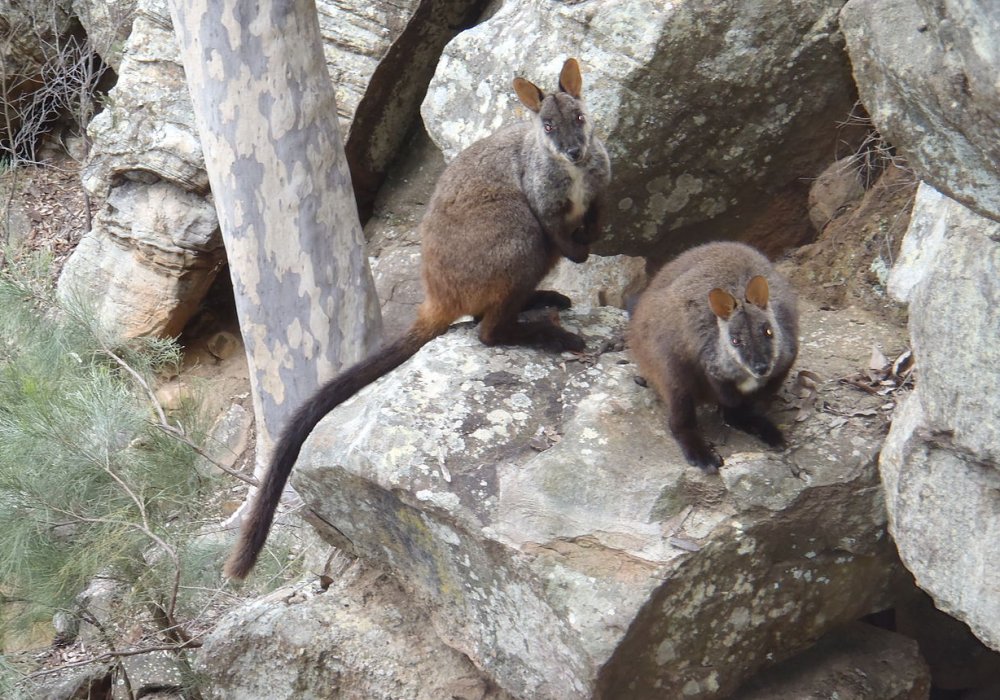
|
|
|
| FIRE STARTING BIRDS |
|
Despite some ornithologists' scepticism, at least three bird species are thought to use fire to aid hunting. They are the Brown Falcon (Falco berigora) the Whistling Kite (Haliastur sphenurus) and the Black Kite (Milvus migrans). The habit of birds deliberately starting fires has been known about for some 40,000 years by local indigenous people. It is even represented in the cultural ceremonies of various aboriginal groups, however as no film or photographic evidence exists some ornithologists are still unbelieving. Non-indigenous firefighters have also reported witnessing the behaviour, but science relies on proof and not conjecture!
|
|
What is known for sure is that sometimes hundreds of kites or hawks are attracted to these fire fronts. They feed on the escaping insects, birds, mammals and reptiles.
However, by flying into the fire zones and picking up burning or smouldering sticks and dropping them into other grassland areas nearby they would start new fires and extend the fire and feeding zone. Fleeing prey are easy pickings of these tool deploying raptors. The phenomenon has been reported in NSW, WA, Qld and up in the NT. You can google ornithologist Bob Gosford who has written on the subject to find out more.
|
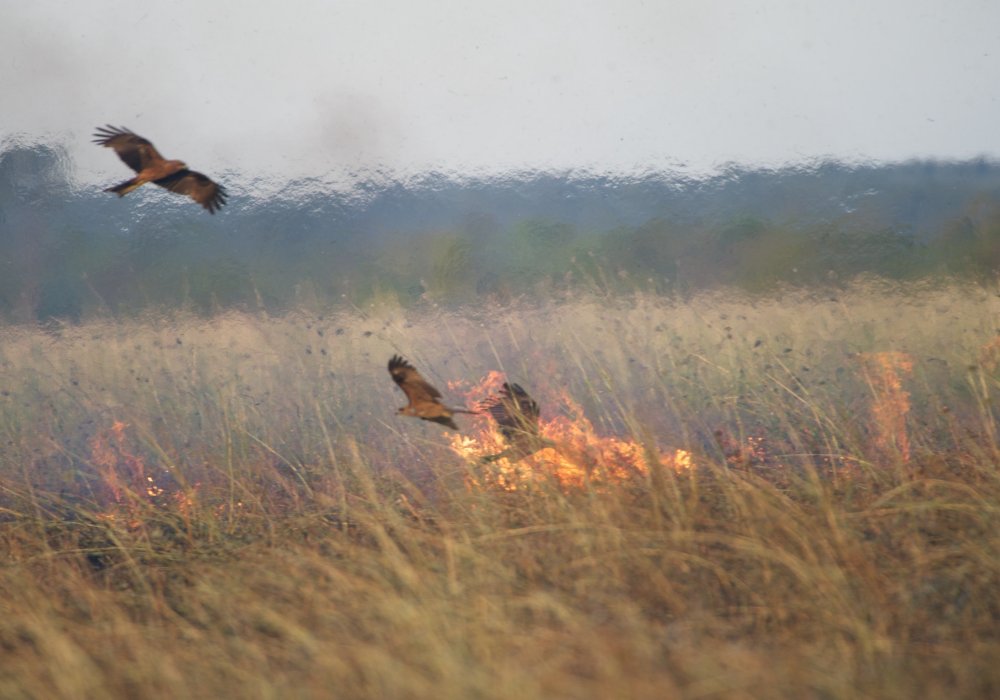
|
|
|
| FIRE SALAMANDERS |
|
The Fire salamander is a strange creature: a tailed amphibian, rubbery black in colour with bright gold or yellow splotches. In ancient Greek and Roman times they were surrounded by much myth and supernatural beliefs – it was thought they dwelt in a fire or could quench a fires’ flames. The reality is they are secretive, nocturnal and will reside inside and around logs and wood piles. So, when a log was thrown onto a fire some poor salamander would no doubt seem to magically appear and/or try to escape the flames. When stressed or fearful they can ooze a whiteish substance through pores in the skin - this was probably what was thought the salamanders produced to extinguish flames. |
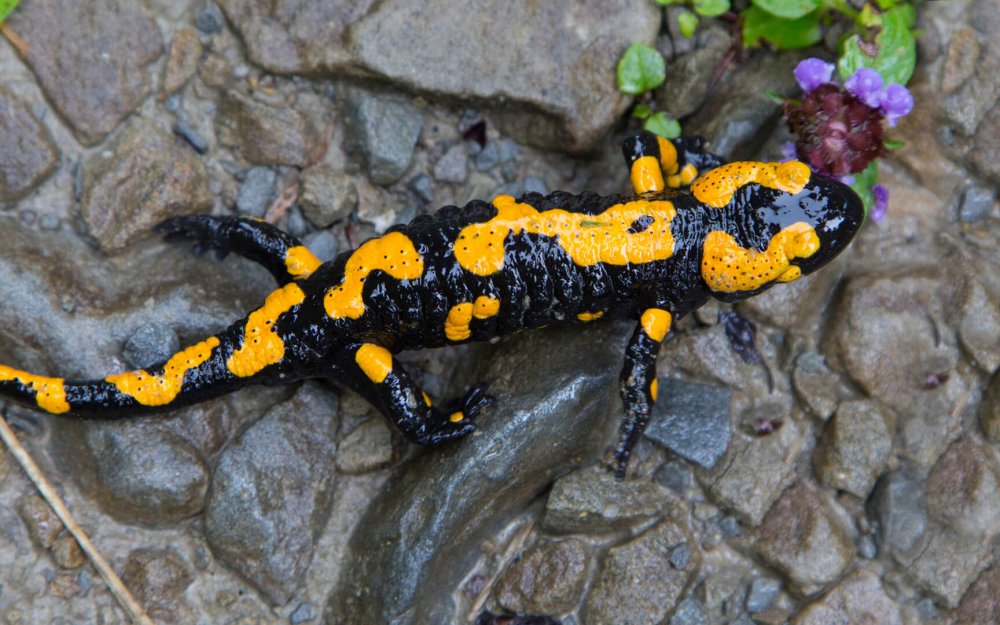
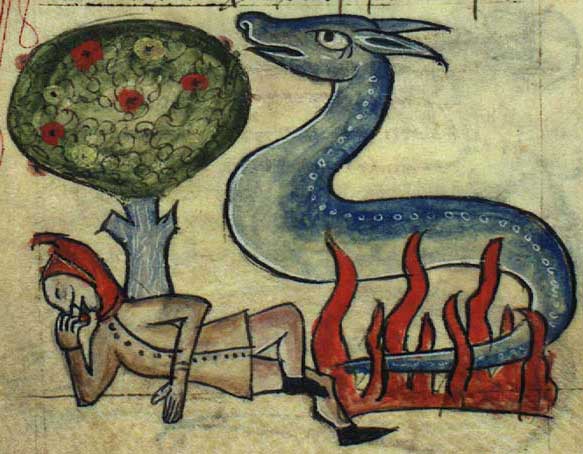
|
|
|
| BIRDS BORN OF FIRE - PHOENIX |
|
Usually depicted with bright red and or gold feathers and a crest upon its head the phoenix is a mythical bird purported to live for 500 years. It would arise out the ashes of a great fire - often from the same fire that had consumed it. The Fifth Century Greek writer Herodotus (though born in what is now Turkey) wrote: The Egyptians have a sacred bird called the phoenix which I myself have never seen, except in pictures. Indeed, it is a great rarity, even in Egypt, only coming there (according to accounts of the people of Heliopolis) once in 500 years, when the old phoenix dies.
I have read somewhere that maybe the phoenix myth arose from observations of nesting flamingos that will build a nest just above the water line in very dry briny salt lakes where the intense summer heat and shimmering haze would not look unlike a nest built within a fire.
|
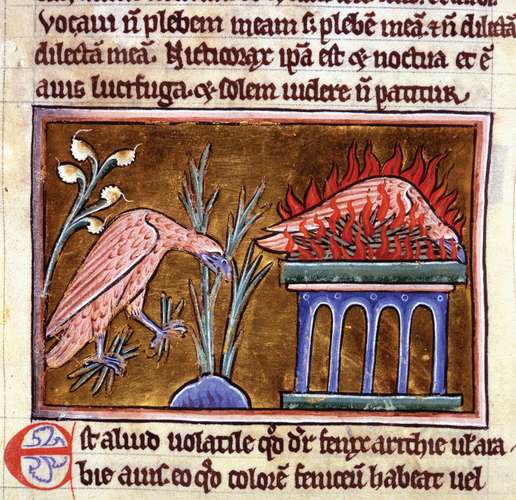
|
|
|
| SNAKE AVOIDANCE TRAINING FOR DOGS - BOOK NOW |
|
We are organizing our spring 2020 schedule, but still have plenty of summer training dates. We will also continue to train throughout the autumn and winter months. See our dedicated website www.snakeavoidance.com.au |
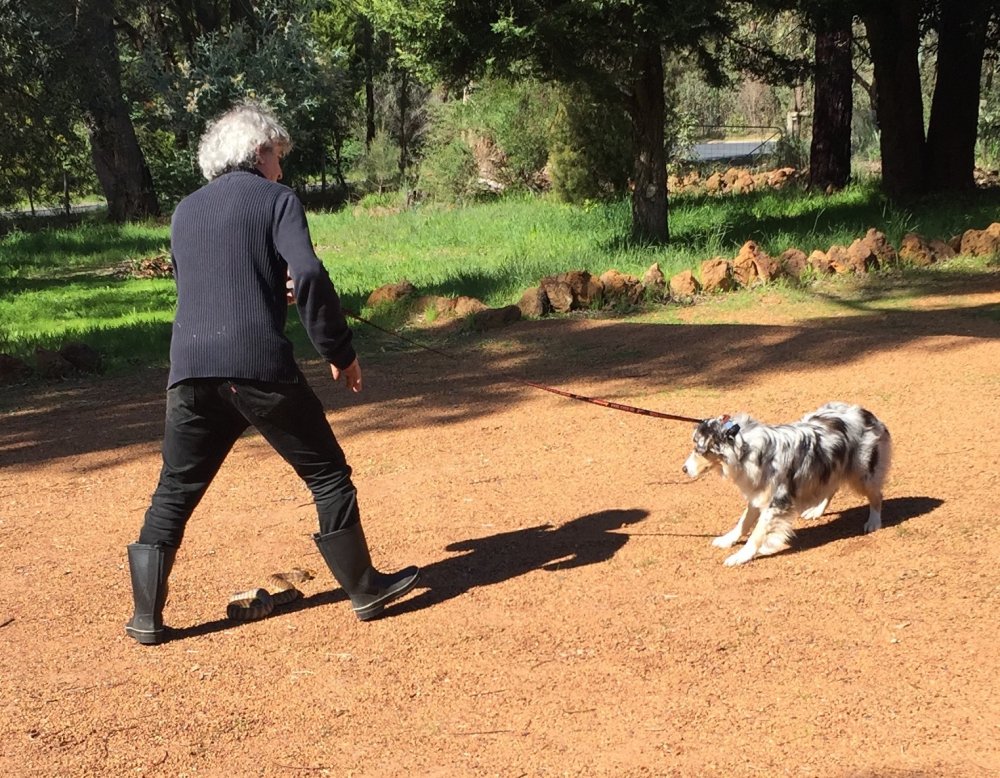
|
|
|
CONSERVATIONIST FEATURE No 8
W.I.R.E.S. |
|
Following the fire theme, I thought I would write a bit about WIRES. Most wildlife care – those people tending to the immediate rescue, medical treatment and often long-term rehabilitation of the fire affected wildlife (and other injured, displaced, distressed, orphaned wildlife) - is done by volunteers. Mostly individuals and small groups of people who have the time, space and money to be involved.
WIRES is an abbreviation for NSW Wildlife Information, Rescue and Education Service Inc. They are the largest wildlife rescue organisation in Australia. Established over 30 years ago their mission is to "actively rehabilitate and preserve Australian wildlife and inspire others to do the same."
With 2,500 volunteers at 28 branches WIRES plays a major role in assisting carers and the general public with wildlife rescue support.
In recent weeks they have had massive media exposure due to the ongoing wildlife crisis relating to the bushfire situation affecting not only NSW but also QLD, SA, Kangaroo Island and beyond. In an average year WIRES would get several hundred thousand visitors to their website. In the last couple of days that has been over 1 million. The fires have drawn global interest and sympathy. I only hope they can adequately cope with both the huge sums of money donated and the amount of wildlife care equipment sent their way, everything from joey pouches to special milk formulas. We here at humble Animal Ark have had several calls relating to the crisis, one call from the United States with a business wanting to donate wildlife burn medications but not sure who would be an appropriate contact. I gave them both WIRES and Mogo Zoo (right in the middle of one fire zone) as potential recipients.
So, if you’re looking for a way to support wildlife affected by these fires, WIRES is probably a good way to start. However, do not forget Kanyana and Native Arc, both excellent wildlife care organisations here in WA, no doubt also dealing with animals impacted by our own WA fires, as are many other individuals, small organizations and small scale wildlife carers.
www.wires.org.au
www.kanyanawildlife.org.au
www.nativearc.org.au
|
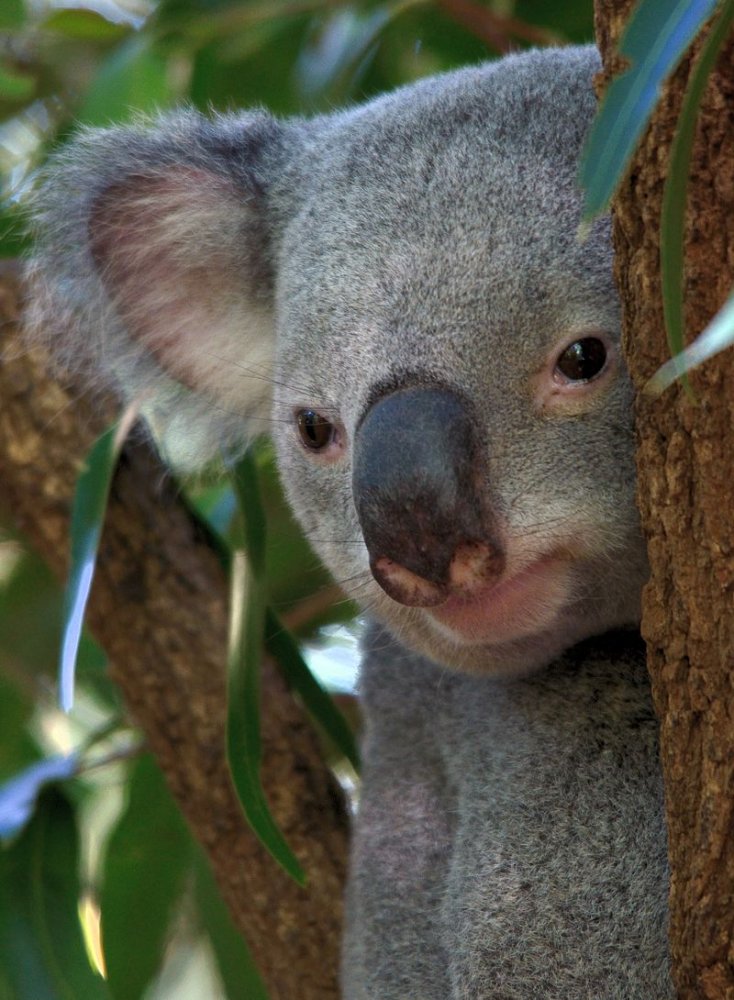
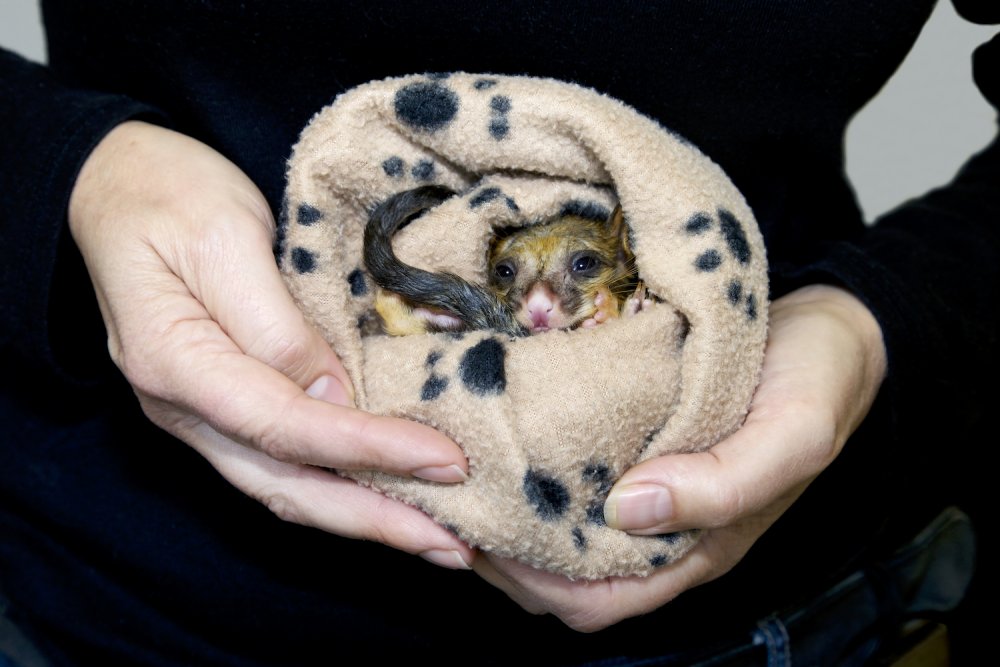
|
|
|
|
|
| SALES OFFER |
|
Our popular SOLO SNAKE HANDLER KIT is available for a short time only for the amazing discounted price of $425 inc GST (usually $555 inc GST). Includes shipping Australia wide. Phone or email orders only.
Offer ends 29 February 2020
Call 08 9243 3044, email shop@animalark.com.au to order or click here for product description.
|

|
|
Also 2 x SNAKE HOOKS (one of each hook size, regular and medium) – only $132 includes shipping Australia wide. Massive 20% OFF RRP (usually $82.50 each plus shipping). Phone or email orders only.
Offer ends 29 February 2020
Call 08 9243 3044, email shop@animalark.com.au to order or click here for product description.
|

|
|
|
| Animal in Focus: Salamanders and Newts. Order Caudata |
|
Salamanders are amphibians with tails. All newts are salamanders, but not all salamanders are newts. Confused? Well yes and so are the scientists! Basically, newts typically live aquatic or semi-aquatic lifestyles, are normally web-footed with flattened tails to suit swimming. Whereas the usually larger salamanders start life in an aquatic form but then normally move onto the land only returning to water to breed. The word usually is important because there is quite some variation in habit and lifecycle of these often overlooked secretive creatures.
But there are 9 different families, 60 genera and over 600 species so far named. North America has the greatest diversity of species, but they may also be found in North Africa, Europe and Asia. They inhabit cloud forests, streams, lakes, rivers and mainly favour a humid environment. Australasia however has no native tailed amphibians at all.
Most are small, measuring less that 15cm in length, and many newts are smaller still. I’ve been lucky enough to have kept many as pets over the years and spent much of my youth in France searching wooded mossy places for fire salamanders, and anything else I could find. Our garden pond in London had 3 species of newts including the rare and rather splendid great crested newt (Triturus cristatus). Some newts and salamanders are great beauties with vivid colours, many are just brown grey, black and distinctively dull.
Their diversity is just huge, the largest is the amazing Chinese giant salamander (Andrias davidianus) at a whopping 1.8 meters length. The smallest is a Mexican tree climbing pygmy salamander (Thorius arboreus) which averages just 17.2mm in length.
.
All are carnivores, taking insects, worms, fish, tadpoles and no doubt a huge variety of other small prey items. One of the most remarkable of all (and available as a pet in Australia) is the aquatic axolotl (Ambystoma mexicanum). It is a very strange creature. A neotenic amphibian (it never grows up) it is an unmetamorphosed larvae, so it stays in its tadpole like form all its life. It can also regenerate tissue, damaged limbs such as entire legs, bones, flesh and all can regrow.
Most reproduce annually and after courtship and mating eggs are laid. Some species lay several hundred eggs. A couple of species including the fire salamander produce live young. Many creatures prey on salamanders Their life span is usually short averaging a few years but some can live for 55 years.
|
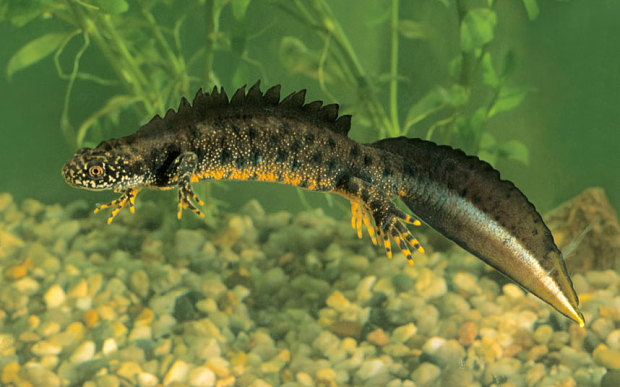
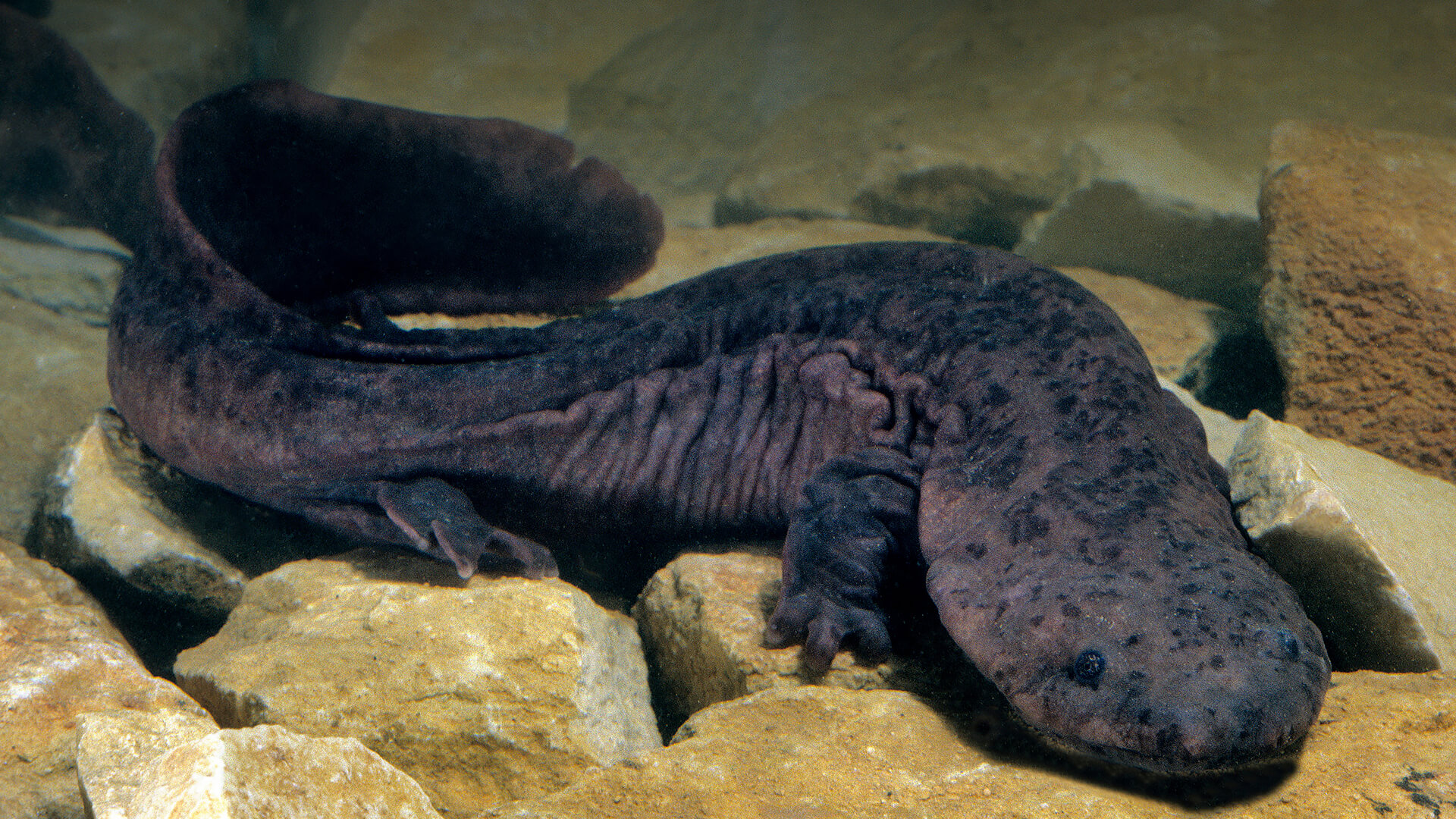
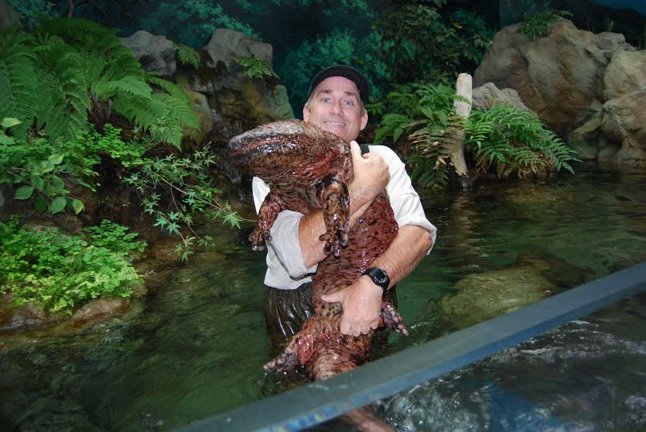
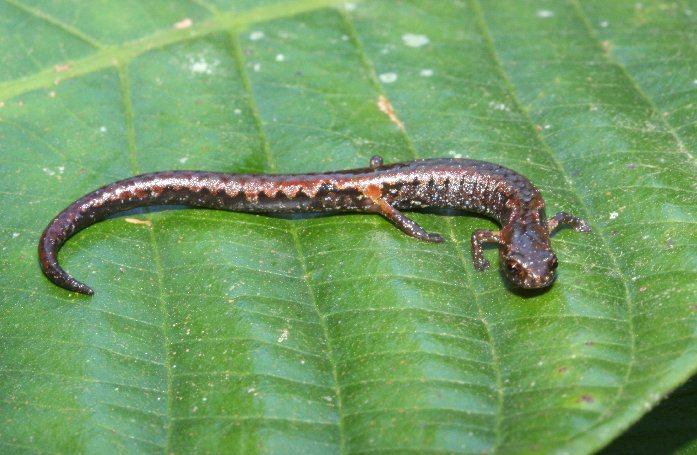
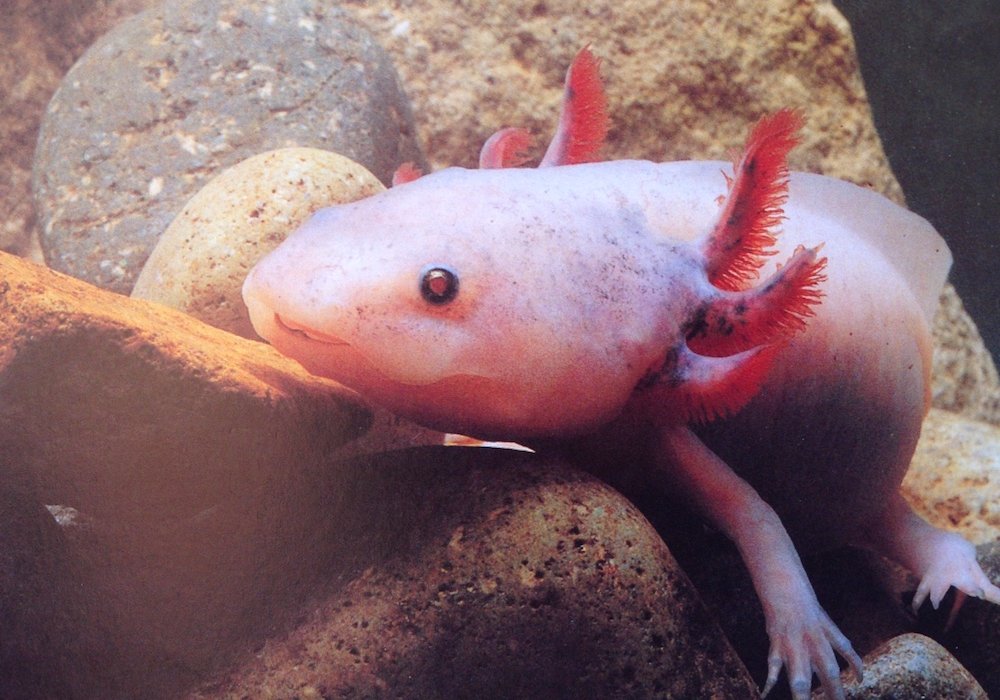
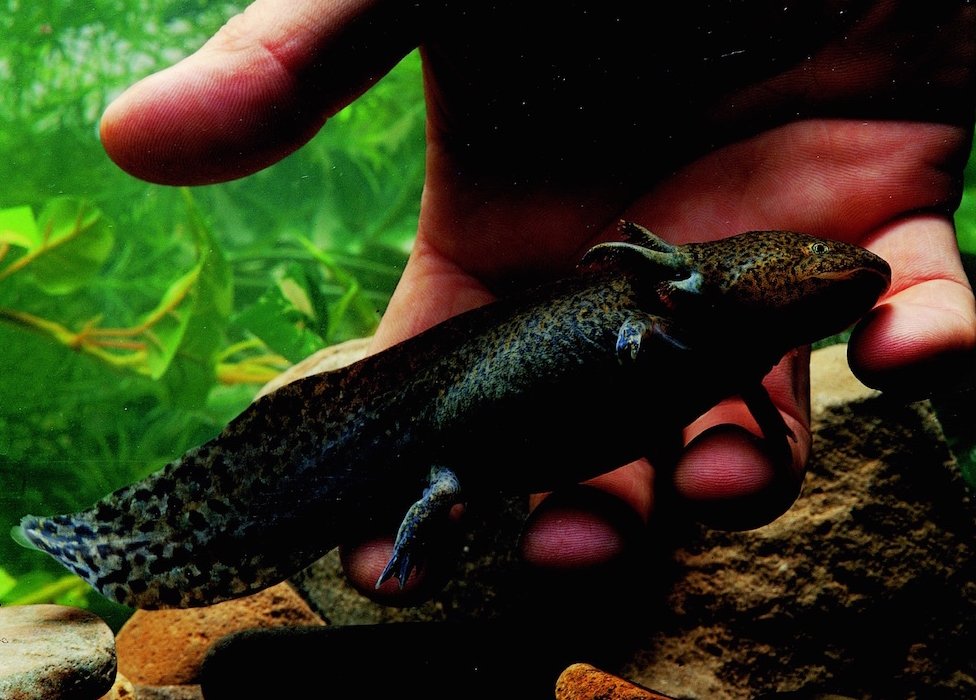
|
|
|
| Upcoming Courses and Events |
Snake Avoidance Training for Dogs
Friday 31 January – Busselton
Sunday 2 February – Harradines Vets, Bunbury
Saturday 8 February – Perth Hills
Saturday 15 February – North Beach
Sunday 16 February – Oakford
Saturday 22 February – Mahogany Creek, Perth Hills
Sunday 8 March – North Beach
Friday 13 March – Albany
Saturday 14 March – Albany
Saturday 28 March – Perth Hills
Sunday 29 March – North Beach
Saturday 18 April – Perth Hills
Sunday 19 April – North Beach
Saturday 2 May – Perth Hills
Sunday 3 May – North Beach
Saturday 29 August – Perth Hills
Saturday 5 September – Oakford area
Sunday 6 September – North Beach
Friday 11 September - Bunbury
Saturday 12 September - Bunbury
Sunday 13 September - Bunbury
Monday 14 September - Bunbury
Saturday 19 September – Perth Hills
Sunday 20 September – Toodyay
Tuesday 22 September – Donnybrook area
Saturday 26 September – North Beach
Sunday 27 September – Yanchep area
Saturday 3 October – Baldivis area
Sunday 4 October – Mandurah area
Tuesday 6 October – Donnybrook area
Saturday 10 October – Margaret River
Sunday 11 October – Margaret River
Monday 12 October – Margaret River
Friday 16 October - Bunbury
Saturday 17 October - Bunbury
Sunday 18 October- Bunbury
Monday 19 October – Bunbury
Saturday 24 October – Albany
Sunday 25 October – Albany
Friday 30 October - Nannup
Saturday 31 October – Nannup
Tuesday 10 November – Donnybrook
Saturday 14 November – Margaret River
Sunday 15 November – Margaret River
Venomous Snake Handling Course
Licensed by DBCA Parks and Wildlife Service
Friday 7 February – Mahogany Creek, Perth Hills
Friday 21 February – Mahogany Creek, Perth Hills
Thursday 27 February – Mahogany Creek, Perth Hills
Tuesday 10 March – Mahogany Creek, Perth Hills
Monday 16 March – Mahogany Creek, Perth Hills
Thursday 26 March - Mahogany Creek, Perth Hills
Wednesday 8 April - Mahogany Creek, Perth Hills
Thursday 30 April - Mahogany Creek, Perth Hills
Tuesday 5 May - Mahogany Creek, Perth Hills
Monday 18 May - Mahogany Creek, Perth Hills
Wednesday 3 June – Mahogany Creek, Perth Hills
Friday 12 June – Mahogany Creek, Perth Hills
Fauna Handling Course
Thursday 6 February – Mahogany Creek, Perth Hills – FULLY BOOKED
Wednesday 25 March - Mahogany Creek, Perth Hills
Wednesday 29 April - Mahogany Creek, Perth Hills
Thursday 11 June – Mahogany Creek, Perth Hills
Public Events
Do come along and see us. Bring your family or friends as well.
The Animal Ark Roadshow will be attending the following events:
None currently booked.
See our diary at www.animalark.com.au/diary-of-events and www.snakeavoidance.com.au/dates-and-locations for more dates or contact us to book.
Dates subject to change – best to check the websites.
Call (08) 9243 3044, SMS 0466 688 188 or email David and Jenny at info@animalark.com.au to book.
Courses held monthly and as required plus on-site and remote site training available.
|
|


|
|


















